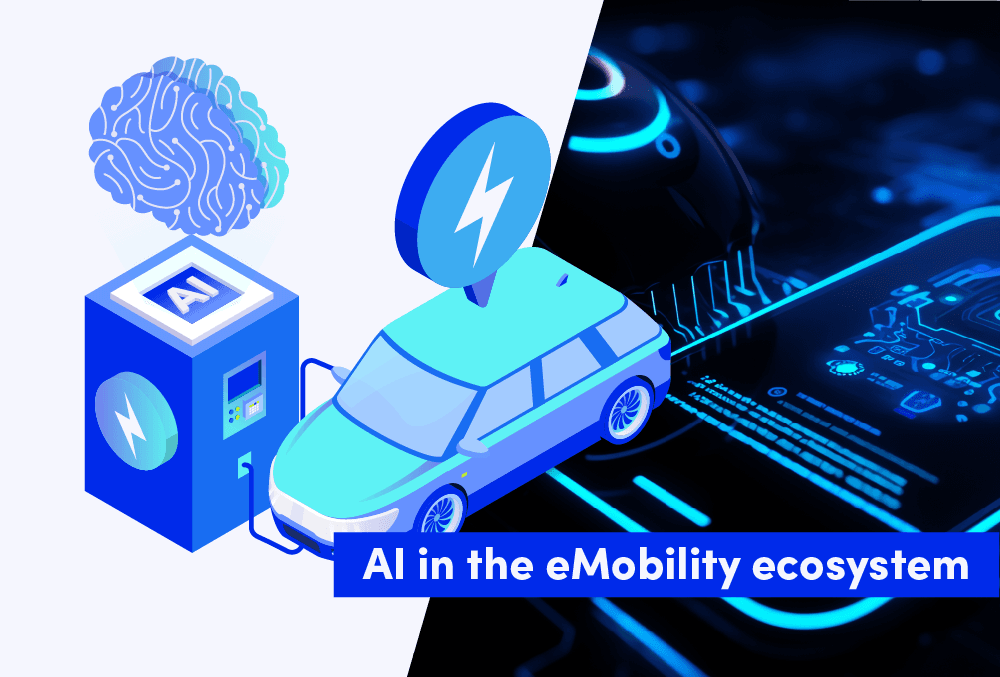Recently, even limited access to the Internet seems what might be enough to get bombarded with the latest breakthroughs and leaps forward in terms of Artificial Intelligence and its progression into formerly AI-pristine spheres. While vigorous debates about its potentially hazardous nature ensue all over social media, AI creators and enthusiasts launch more of said tools into the digital world, leaving them there to stay.
As much as it only recently became such a big topic (especially one that made it outside of the purely-tech environment), Artificial Intelligence has been powering a good chunk of the technology known for years. From autonomous vehicles to facial recognition software to voice assistants like Alexa or Siri, AI has morphed from a niche concept into something we get used to using on a daily basis. Even when browsing the web, AI is used to customize the experience and provide everyone with tailored ads. So, while there are plenty of legitimate worries about its potential misuse in the future, it is undeniable that AI has become an everlasting part of our lives.
At this point many people can't help but wonder just how far AI has evolved since its conception, and where it can go from here. As of now, many AI tools are still being developed to help businesses automate mundane tasks or help them achieve new heights in customer service. While this is an incredible use for AI, one could imagine that the possibilities are more far-reaching than what we know today.
What really is Artificial Intelligence? And how does AI work?
Artificial Intelligence is a branch of computer science that focuses on creating intelligent machines that are capable of completing tasks in the same way as humans (or rather as close to it as it gets). Today, AI is used in many different industries, from finance to healthcare and, since it’s constantly evolving, researchers find new ways to apply the technology in different fields.
Artificial Intelligence's impact on the world is wide-reaching, from powerful web search engines like Google to user recommendations powered by tech giants such as YouTube and Amazon. AI has even made strides in understanding complex human speech patterns found in devices like Siri and Alexa. Creative applications of this technology can be seen with projects including ChatGPT and AI art.
AI itself can be broken down into two main categories: narrow AI and general AI. Narrow AI focuses on specific tasks related to a certain industry or problem, such as driving a car or playing chess. General AI is focused on more complex tasks, such as understanding natural language and problem-solving.
As AI develops and evolves, its definition is shifting to keep up with the times. What was once considered "intelligent" can no longer be included in this category; for instance, optical character recognition has become an ordinary part of life that falls outside of what we think about when talking about Artificial Intelligence. This shift is known as the AI effect – a concept which highlights how quickly technology advances
In fact, the scale of the entire undertaking reached a level where there are subdomains to Artificial Intelligence, closely related to it, but often classified separately. Machine learning is one of them.
Machine learning
Machine learning is a branch of artificial intelligence (AI) and computer science which focuses on the use of data and algorithms to imitate the way that humans learn, gradually improving its accuracy. The goal of machine learning is to create algorithms that can receive a set of data and use it to learn from the data and make predictions about other data.
The most common method used in machine learning is supervised learning, which requires labeled datasets for training. Labeled datasets are datasets with known input/output relationships, such as images with their corresponding labels. The machine learning algorithm will use these labeled datasets to learn the relationship between input and output data, allowing it to predict outputs for new datasets.
Other methods of machine learning include unsupervised learning, reinforcement learning and semi-supervised learning. Unsupervised learning allows the computer to detect patterns in a dataset without being given labeled data to learn from. Reinforcement learning is based on rewards and punishments, where the algorithm learns by trial and error, gradually improving its accuracy as it receives feedback from its environment. Semi-supervised learning is a combination of supervised and unsupervised learning, which uses both labeled and unlabeled datasets for training.
Artificial Intelligence in eMobility – the Possibilities
As electric vehicles become mainstream and the supporting infrastructure grows in complexity, Artificial Intelligence may no longer be just a “nice-to-have” innovation – it's slowly but steadily becoming foundational to scaling, optimizing, and securing the entire eMobility ecosystem.
From intelligent energy management to fraud detection in charging networks, AI is being woven into the very fabric of how we move, charge, and operate in a cleaner transportation future. Let’s explore how AI continues to unlock new possibilities in eMobility.
Smart Battery Management and Health Forecasting
Battery health is at the heart of EV performance and user trust. AI-powered Battery Management Systems (BMS) are shifting from reactive to predictive. Instead of simply monitoring current performance, AI analyzes vast datasets – temperature trends, charge/discharge cycles, driving behavior, and even external conditions – to forecast degradation and adapt usage accordingly.
This means longer battery lifespans, fewer unexpected breakdowns, and more accurate range predictions – key factors in improving customer satisfaction and reducing warranty-related costs for manufacturers.
Predictive Maintenance & Fault Detection
One of the most impactful applications to emerge from Artificial Intelligence is predictive maintenance. By analyzing charging station logs, energy consumption patterns, and environmental inputs (like temperature or grid status), AI can detect subtle deviations from normal operation.
This allows operators to address issues before they become failures – reducing downtime, maintenance costs, and improving the overall reliability of EV charging infrastructure.
Charging Session Monitoring & Fraud Prevention
In an era where digital fraud is evolving rapidly, AI plays a crucial role in safeguarding charging networks. Advanced anomaly detection models can:
- Spot cloned RFID tokens used across stations in real-time
- Identify software tampering or unauthorized firmware changes
- Detect irregularities in payment patterns or charging behavior
Such capabilities are vital for maintaining user trust, reducing revenue leakage, and ensuring operational integrity.
Infrastructure Planning & Grid Load Balancing
AI excels at pattern recognition and prediction – which is incredibly useful for planning charging infrastructure deployment. By analyzing historical charging behavior, traffic flows, and energy grid data, AI systems can recommend where to place new charging points and predict future load peaks.
In the long term, this contributes to more balanced energy consumption, fewer grid overloads, and a better overall user experience.
Real-Time Route Optimization and Energy Efficiency
AI-driven route planning tools can do more than just avoid traffic – they now consider terrain, current battery state, temperature, and even the availability of fast chargers en route. The result? Efficient paths that reduce range anxiety and optimize energy use, especially for fleet operators looking to cut costs and emissions.
Future Outlook: AI as the Nervous System of eMobility
As AI becomes more deeply embedded in every layer of eMobility – from vehicle systems to backend charging operations – it's transforming from a tool into a decision-making layer. A few additional AI use cases already being piloted or envisioned include:
- Dynamic Pricing Algorithms: Predicting electricity prices and charging behavior to offer cost-efficient, real-time pricing models.
- EV Grid Integration: Managing two-way communication between EVs and the grid for optimized energy flows.
- Personalized In-Vehicle Experiences: From voice assistants to route suggestions based on daily habits and calendar events.

